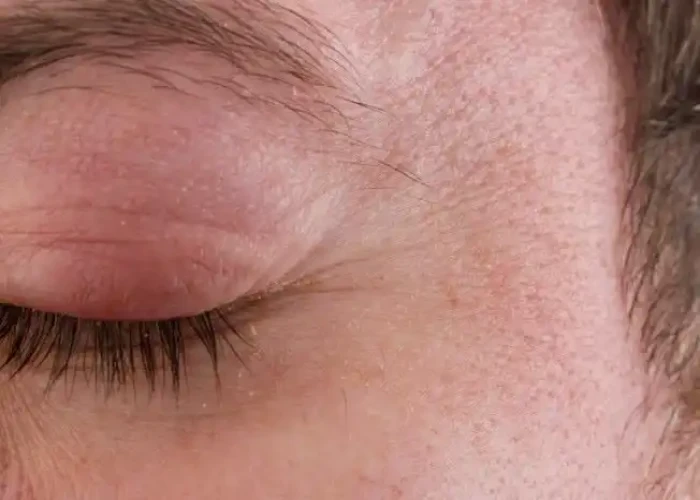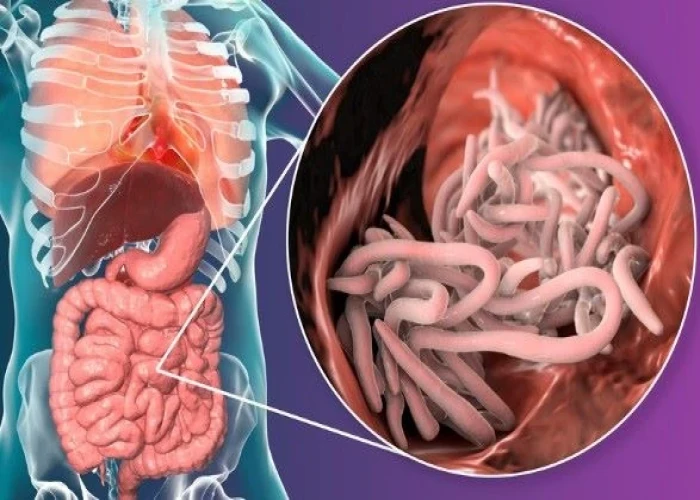 Welcome
Welcome
“May all be happy, may all be healed, may all be at peace and may no one ever suffer."
Trachoma

Trachoma is a bacterial eye infection caused by Chlamydia trachomatis that can lead to scarring and blindness if left untreated. It is primarily found in poor, rural areas of Africa, Asia, the Middle East, and Latin America where access to clean water and sanitation facilities is limited.
Trachoma is spread through direct contact with eye or nasal discharge from infected individuals, or through contact with contaminated objects such as towels or clothing. The infection can cause repeated episodes of conjunctivitis, or inflammation of the outer membrane of the eye, which can eventually lead to scarring of the eyelids and cornea.
Symptoms of trachoma include eye redness, discharge, and pain, as well as sensitivity to light and blurred vision. In advanced cases, the eyelids may turn inward, causing the eyelashes to scrape the cornea and lead to blindness.
Trachoma can be diagnosed through a physical exam and laboratory tests. Treatment typically involves antibiotics to clear the infection, as well as surgery to correct eyelid abnormalities or remove eyelashes that are causing corneal damage.
Preventing trachoma involves improving access to clean water and sanitation facilities, promoting good hygiene practices, such as handwashing and facial cleanliness, and providing antibiotics to communities at risk. Preventive measures can help to control the spread of the infection and reduce the risk of blindness in affected populations.
Research Papers
Disease Signs and Symptoms
- Itching
- Itchy eye
- Eye pain or burning
- Eye discharge containing mucus or pus
- Swollen eyelid
- Sensitivity to light (Photophobia)
- Red eyes (conjunctivitis)
- Blindness (Vision loss)
- Mild itching and irritation of the eyes and eyelids
Disease Causes
Trachoma
Trachoma is caused by certain subtypes of Chlamydia trachomatis, a bacterium that can also cause the sexually transmitted infection chlamydia.
Trachoma spreads through contact with discharge from the eyes or nose of an infected person. Hands, clothing, towels and insects can all be routes for transmission. In developing countries, eye-seeking flies also are a means of transmission.
Disease Prevents
Trachoma
If you've been treated for trachoma with antibiotics or surgery, reinfection is always a concern. For your protection and for the safety of others, be sure that family members or others you live with are screened and, if necessary, treated for trachoma.
Trachoma can occur worldwide but is more common in Africa, Asia, Latin America, the Middle East and the Pacific Rim. When in regions where trachoma is common, take extra care in practicing good hygiene, which can help prevent infection.
Proper hygiene practices include:
- Face washing and hand-washing. Keeping faces and hands clean may help break the cycle of reinfection.
- Fly control. Reducing fly populations can help eliminate a source of transmission.
- Proper waste management. Properly disposing of animal and human waste can reduce breeding grounds for flies.
- Improved access to water. Having a fresh water source nearby can help improve hygienic conditions.
No trachoma vaccine is available, but prevention is possible. The WHO has developed a strategy to prevent trachoma, with the goal of eliminating it by 2020. While the goal hasn't been entirely achieved, trachoma cases have declined sharply. The strategy, titled SAFE, involves:
- Surgery to treat advanced forms of trachoma
- Antibiotics to treat and prevent the infection
- Facial cleanliness
- Environmental improvements, particularly in water, sanitation and fly control
Disease Treatments
Trachoma treatment options depend on the stage of the disease.
Medications
In the early stages of trachoma, treatment with antibiotics alone may be enough to eliminate the infection. Your doctor may prescribe tetracycline eye ointment or oral azithromycin (Zithromax). Azithromycin appears to be more effective than tetracycline, but it's more expensive.
The World Health Organization (WHO) recommends giving antibiotics to an entire community when more than 10% of children have been affected by trachoma. The goal of this guideline is to treat anyone who has been exposed to trachoma and reduce the spread of trachoma.
Surgery
Treatment of later stages of trachoma — including painful eyelid deformities — may require surgery.
In eyelid rotation surgery (bilamellar tarsal rotation), your doctor makes an incision in your scarred lid and rotates your eyelashes away from your cornea. The procedure limits the progression of corneal scarring and may help prevent further loss of vision.
If your cornea has become clouded enough to seriously impair your vision, corneal transplantation may be an option that could improve vision.
You may have a procedure to remove eyelashes (epilation) in some cases. This procedure may need to be done repeatedly.
Disease Diagnoses
Disease Allopathic Generics
Disease Ayurvedic Generics
Disease Homeopathic Generics
Disease yoga
Trachoma and Learn More about Diseases

Progeria

Reactive attachment disorder

Parvovirus infection

Depression (major depressive disorder)

Postpartum depression

Round Worm

Medication overuse headaches

Illness anxiety disorder
trachoma, ট্র্যাচোমা
To be happy, beautiful, healthy, wealthy, hale and long-lived stay with DM3S.
